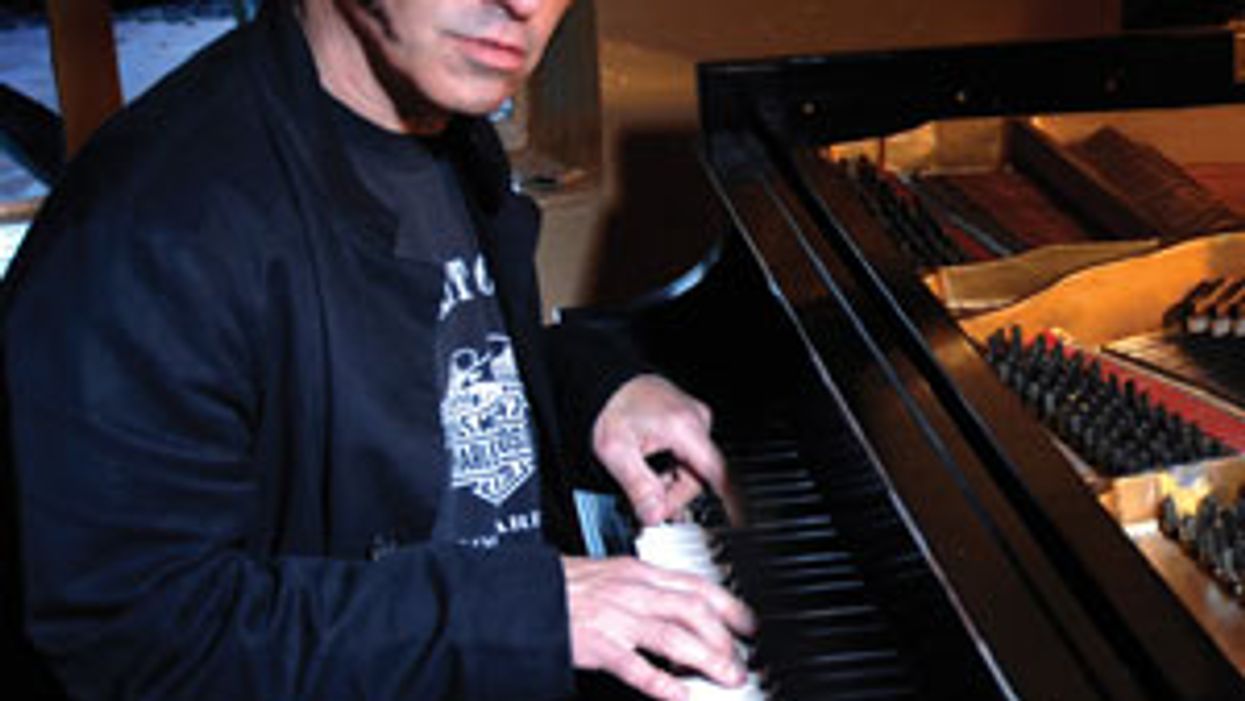Search
Latest Stories
Start your day right!
Get latest updates and insights delivered to your inbox.
nils-lofgren-acoustic-guitar-bruce-springsteen-neil-young
Don’t Miss Out
Get the latest updates and insights delivered to your inbox.
Recent
load more

